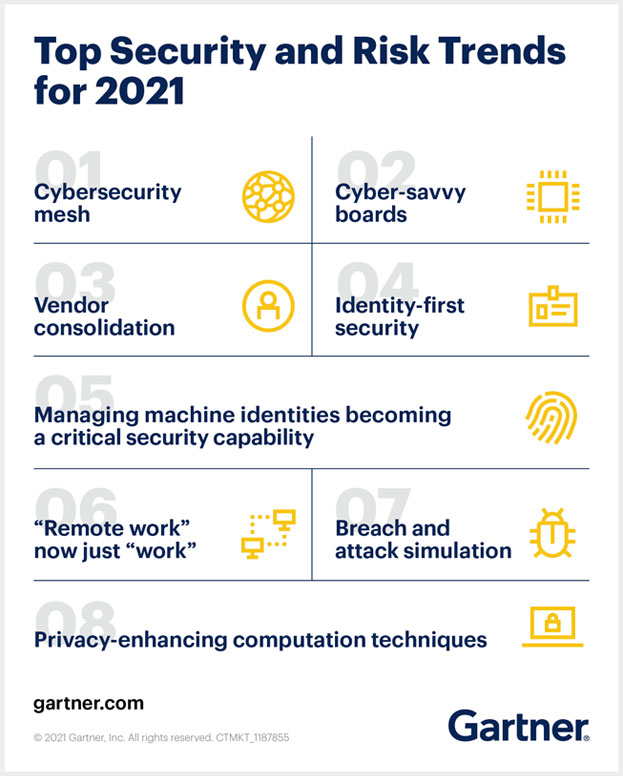IMPLEMENTING A CYBERSERCURITY FRAMEWORK
When it comes to cybersecurity, today’s businesses are confronted with a perfect storm: the threat landscape has grown in complexity, and people with the skillsets to navigate it are scarce.
Organizations are experiencing greater pressure to be accountable for the data in their care as data security rules throughout the world tighten – and stiffer fines for non-compliance. As a result, with more work than people to perform it, a cybersecurity framework (CSF) is no longer a nice-to-have – it’s a need.
Implementing a cybersecurity framework has two major advantages:
1.) Security procedures have been formalized. Teams can concentrate on repeatable procedures to ensure that information is communicated and that individuals are focused on the appropriate topics.
2 .) Scalability of security activities is possible. Teams may accomplish more when all members buy into the process, especially when resources are limited.
The United States’ National Institute of Standards and Technology (NIST) developed the NIST CSF model to assist companies in assessing their security posture and implementing five functions.





Recent Comments